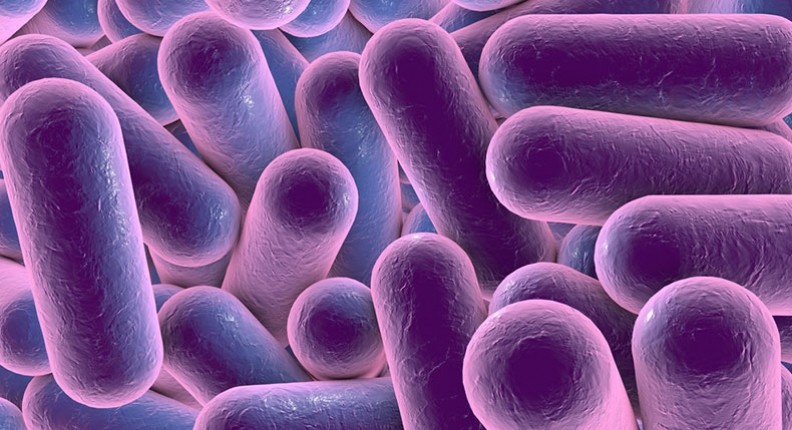What is microorganism? Microorganisms are the living things which a prudent man cannot see in the naked eye. They are some kinds of bacteria, archaea, protozoa, and microscopic animals. Microorganisms are exploited because of their specific biochemical and physiological properties which are used for baking, brewing, food preservation, chemical feedstuffs etc.
The government of India permitted patenting of microorganism in India under the patents (second amendment) bill, 2002 which was passed by the parliament on May 2002. Budapest Treaty on the international recognition of the deposit of microorganism allows deposits of microorganisms at an international depositary authority to be recognized for the purposes of patent procedure. it ensures that an applicant once deposited the microorganism sample in one country, then he need not submit the same in all other countries where he wants to have a patent over that specific microorganism. International depositary authority is a place where all the sample of microorganism are deposited which further transform to the biological resource center and then to global common generic resources which is an internationally agreed legal basis for benefit sharing. TRIPS also recognize the patentability of microorganism, it says microorganism perse is not patentable it should fulfill some criteria to be patented:
1. process of producing a new microorganism
2. new microorganism as produced by the defined process
3. new microorganism per se
4. process of cultivation or otherwise using a known or new microorganism to:
5. a form of multiplied microorganism itself, for example, vaccine or edible biomass
6. A by-product of microbial growth, for example, an antibiotic, enzyme, toxin or an otherwise useful industrial product.
DIAMOND VS. CHAKRABRTY
When the genetically modification of bacterium was granted a patent. The court held that a live man made microorganism is non naturally occurring composition and therefore can be patented. It said that any miccrooragni9sm which is new and useful manufacture or composition of matter among the other things is patentable. For the purpose of patentability, the matter that the microorganism is alive or not is not relevant. It is true that naturally occurring products which is an effort of nature may not be patented, but a genetically engineered microorganism is not naturally occurring so it can be patented. Since the patent laws clearly include materials such as are at issue here within their scope, and no specific law exists to exclude it, the only appropriate holding is that recombinant DNA-produced microorganisms are patentable.
DIMMINACO A G v. CONTROLLER OF PATENTS AND DESIGNS
The company applied for a patent for the process for the preparation of a live vaccine for bursitis. Bursitis is an infection poultry disease and the invention involve a live vaccine to combat the disease. The court held that there is no statutory bar to accept a manner of manufacture to be patentable if the product contains a living organism. It was a new process to cure the disease so it was patented under section 5 of the Indian Patent Act. The courts also lead down the vendibility test to be satisfied to get patent:
The invention result in the product must be vendible.
It should improve the former conditions of the vendible product.
It should effect the preservation and prevention from deterioration of the product.
The patent was granted as the process involve proceed living organism which results in curing the disease.
You may also interested in the following important topics:
DNA an Intellectual Property – Gene Patenting
Access To Medicines: Soon To Become A Reality




